Innovative strategy allows fishing for endangered parrotfish species inside management areas, such as partially protected marine areas, but bans it elsewhere
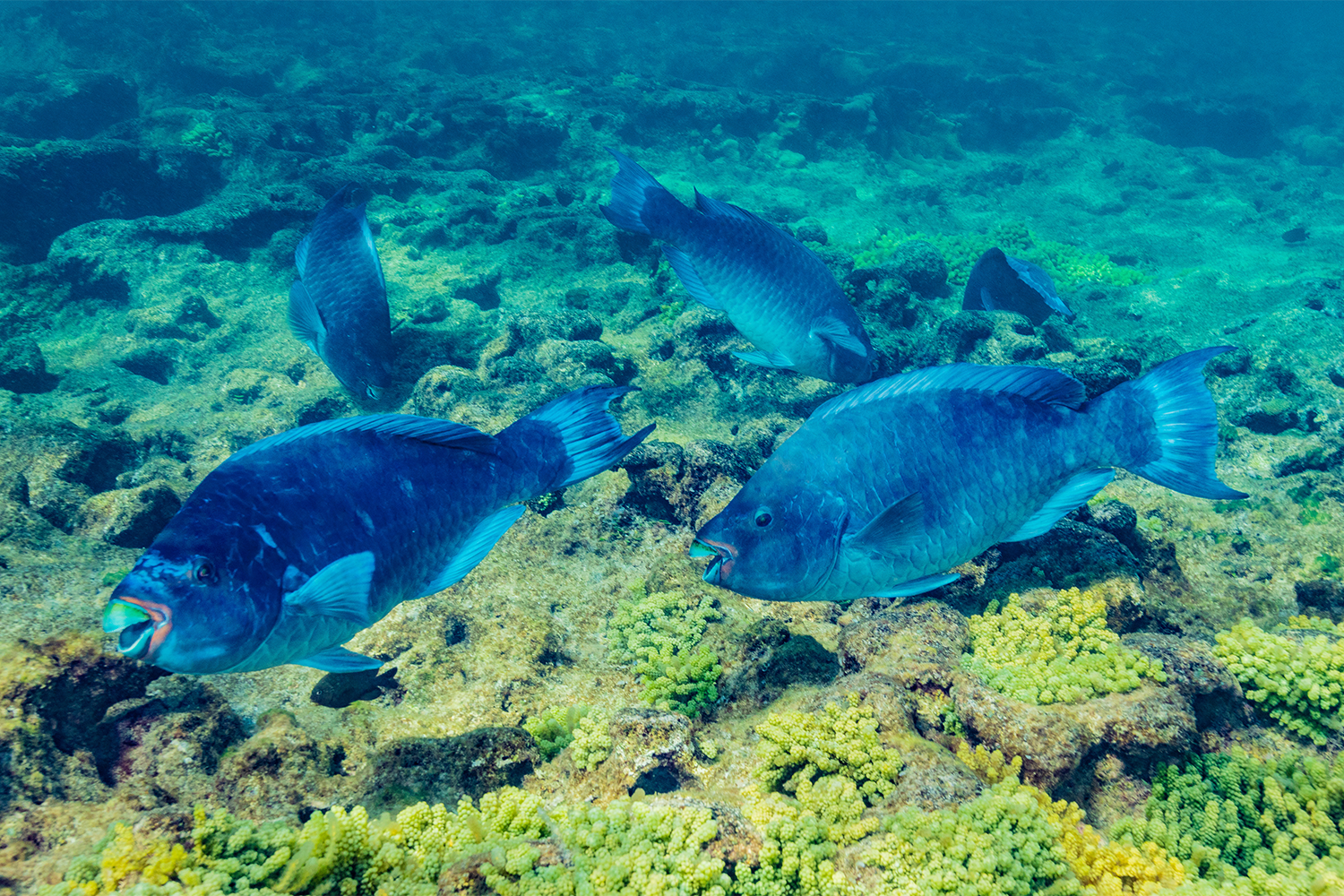
While initially focusing on single-species models, fisheries management is increasingly becoming ecosystem-based. For instance, marine protected areas (MPAs) are widely used to protect endangered species, and natural resources and maintain ecosystem functionality and services. When well planned, managed, and enforced, MPAs are effective tools to achieve conservation goals due to the relatively low costs of managing a delimited area when compared to vast exclusive economic zones.
A large proportion of marine biodiversity is concentrated in tropical low and lower-middle-income countries, but only a small portion of the available funding for conservation is allocated to those areas. Limited funding and staff capacity, associated with a high dependency of coastal populations on natural resources, makes management strategies, including MPAs, challenging and often ineffective in these countries, so innovative and quick solutions are required to meet the urgent conservation needs of coastal areas.
The combination of MPAs and traditional fisheries management, such as fishing bans, seasonal closures and size and catch limits, often provide a pathway to meeting conservation and community goals. The combination of strategies has the potential to reverse stock collapses and degradation of reef ecosystems, but it also has its implementation and effectiveness challenges. Thus, adaptive management is important to improve coral reef conservation and sustainability outcomes.
Parrotfishes (family Labridae), a group that played a key role in the origin and evolution of modern coral reefs, are often the subject of marine resource management plans worldwide. While parrotfishes are responsible for essential ecological processes – such as herbivory, bioerosion, sediment production and transport, predation of live coral colonies and clearing space for coral settlement – in many places they are among the main fishery-targeted fishes on reefs and several species of parrotfishes have been reported as over-exploited throughout the world.
This article – summarized from the original publication (Pinheiro, H.T. et al. 2021. An Inverted Management Strategy for the Fishery of Endangered Marine Species. Front. Mar. Sci., Sec. Marine Conservation and Sustainability, Volume 8 – 2021) – describes a new management strategy established in Brazil that aims to manage the fishing of endangered parrotfish species (Fig. 1), replacing a previous fishing ban. The original publication discusses in detail the challenges and presents caveats and recommendations for the implementation of inverted management considering the regional context (Brazil), and projects its applicability to other low and lower-middle-income countries.
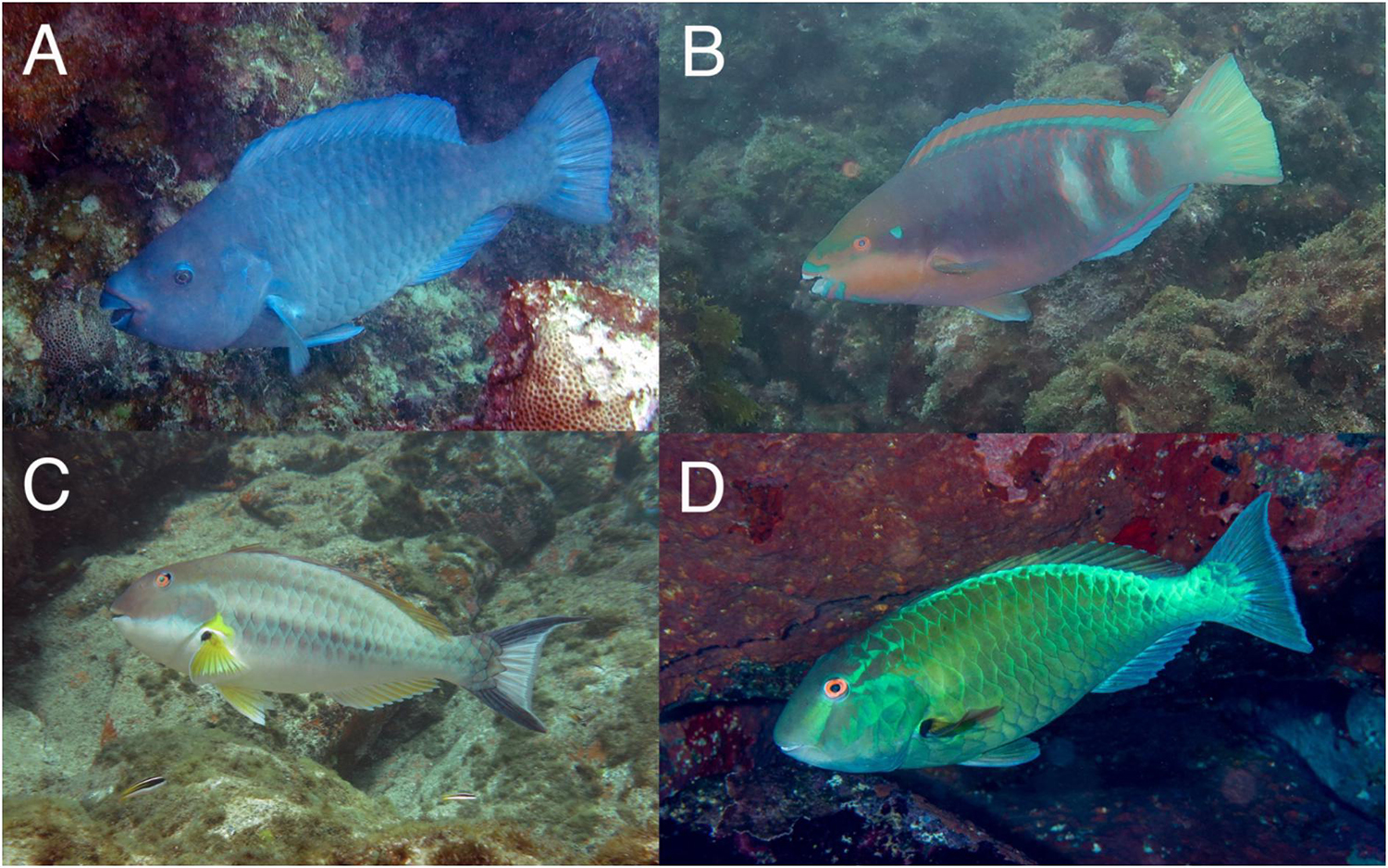
Inverted management: The new recovery plan for parrotfishes in Brazil
In Brazil, large-scale fisheries of parrotfishes started 20-30 years ago, coinciding with the decrease in the abundance of top predator fish such as groupers, snappers and jacks. The biggest species occurring in the Brazilian region is the greenback parrotfish (Scarus trispinosus), which reaches more than 80 cm in length and its large size makes it an obvious target. Currently, parrotfishes in Brazil are targeted by recreational and commercial fishing activities and have traditionally been caught without any restriction and poor monitoring.
However, four years ago, the Brazilian government published a list of endangered aquatic species, prohibiting the fishing of four endangered parrotfish species including the greenback parrotfish. This ban was based on the best available scientific evidence, including information on severe population declines in the past 15 years. The publication of the Brazilian red list was followed by political turmoil, and the government re-established the fishery of many endangered species, including parrotfishes. The latest decrees, from June 2019, allow the capture of parrotfishes inside formally instituted management areas, like partially protected MPAs, but only after the elaboration of a comprehensive management plan, built in partnership among the government, scientists, and fishers. Other endangered species, including snapper and grouper species, are now also allowed to be fished, but under different management rules, focused on seasonal closures and catch limits.
In the current scenario, similar to previous nationwide bans, parrotfish catches would remain prohibited in most of the Brazilian coast (i.e., outside MPAs). Thus, once properly enforced, the ban of parrotfish fishing outside MPAs would allow the recovery of populations and increment the sources of larvae and juveniles to replenish and help fisheries inside sustainable use management areas. Contrarily to what happens in MPAs worldwide, the density effect benefits would come from outside of the reserves (i.e., “spill in”; Fig. 2), hence the term “inverted management.”
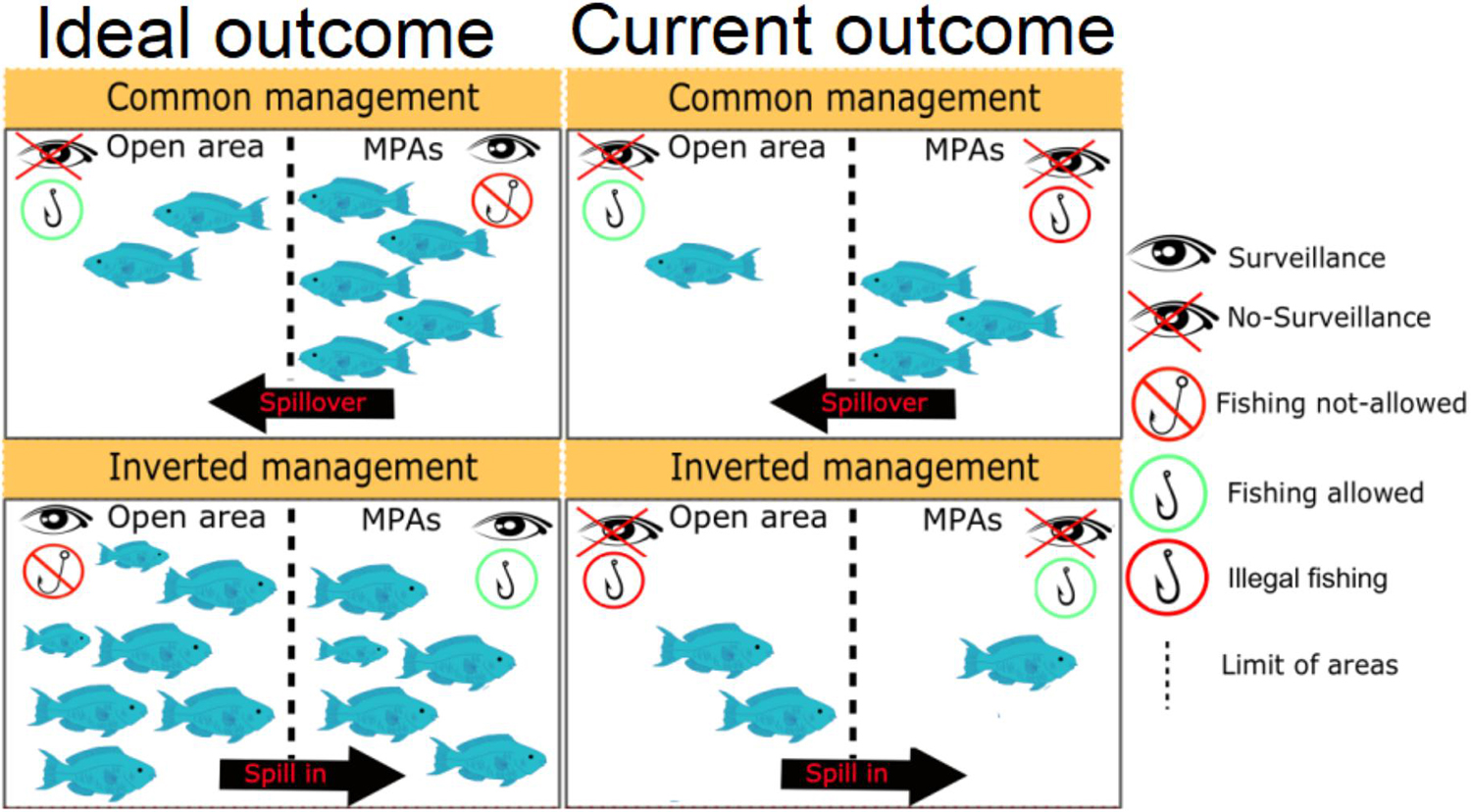
Limitations
The Brazilian coastline is long (∼8,000 km), and many coastal communities have depended on its resources for centuries. Therefore, fish population collapses due to overfishing can have catastrophic effects to these traditional fishing communities. Nevertheless, the long-lasting lack of comprehensive national fishery statistics data leaves both scientists and managers in the dark about fish stock conditions and the effectiveness of conservation efforts.
Differently from the strategy adopted by Caribbean countries that have succeeded in recovering parrotfish stocks, the enforcement of inverted management in Brazil seems extremely difficult and currently flawed.
First, the strategy depends on the quality of reef habitats outside MPAs for stock recovery, which are usually more degraded than managed areas. For instance, although parrotfishes are distributed along the whole Brazilian coast, inside and outside MPAs, they show the highest biomass in isolated or protected sites, what reduces the “spill in” potential. Some of the Brazilian oceanic islands sustain apparently isolated populations which demands specific management and would not function as source for coastal populations.
Second, there are challenging management rules that are not being enforced, namely the surveillance of the catch source, and the amount and the individual length of captured fishes. Fishers that perform their activities in and out MPAs and fish at night can easily (and often do) deceive managers about the origin of the catch. Additionally, those that use non-selective methods, such as gill nets and purse seine, catch protected species everywhere. Mislabeling is also another common problem that masks illegal fishing, trade and consumption of endangered species in Brazil. Thus, these fishing strategies are remarkably challenging to monitor and enforce.
Third, marine protected areas in Brazil receive little funding and suffer from a chronic lack of surveillance and monitoring, what inevitably leads to illegal fishing. Most partially protected MPAs do not receive any government funding, and the few examples that succeed are managed with strong community engagement. So far, very few MPAs have incorporated rules for endangered species in their management plan and those that have done so have not yet strongly enforced it. Within this scenario, fishing activities are currently occurring outside and inside MPAs without any management, which is the worst possible scenario.
Study: Marine protected areas unlikely to restore marine ecosystems
Recommendations
To overcome these challenges, we first suggest a wide communication program focused on: (A) fishing prohibition; (B) severe limitations on commercialization; (C) information on parrotfish ecological importance; and (D) stakeholders’ participation in fisheries data collection and population monitoring.
Fishing of endangered species needs to be broadly understood as an exception, with fishers, businesses and consumers well aware of the prohibition. It is also essential to increase efforts to inform both commercial and recreational fishers about the ecological problems related to overfishing, how stocks increase could benefit the whole society and the importance for them to provide fisheries data.
A partially protected MPAs intending to manage the fishing of endangered species must explicitly state in their management plans the methods for accrediting and surveilling fishing activities, markets, and restaurants. A very limited number of small-scale fishers should be allowed to catch endangered species, and the establishment of quotas and body size ranges is important to preserve recruits and sexually mature individuals. Surveillance should be based on co-management and alternative livelihood options, which have been largely successful at meeting social, economic, and conservation goals. Scientists, managers and stakeholders should be involved in assessing endangered populations and offering feedback to fishers and the government. Nursery and spawning grounds need to be mapped and protected.
Although we believe that the inverted management strategy can be successful if enforcement exists, many endangered species still need full protection to properly recover. Therefore, the strategy could have better results if implemented later after a fishing ban, when populations have partially recovered from the current overfishing status outside MPAs.
Because parrotfishes are part of the charismatic coral reef megafauna, greenback and other parrotfishes may have more value alive than dead, contributing to local tourism and visitation. Colorful species like parrotfishes are a popular species and one of the photographed by recreational divers. Brazil has already examples of successful projects involving the conservation of charismatic megafauna (sea turtles) through tourism and sustainable development of coastal communities.
Perspectives
Based on our research, we strongly advocate that fishing of endangered species should only start when these recommendations about the surveillance and monitoring systems are ready for implementation. Inverted management should not involve species listed as endangered before its effectiveness is demonstrated, and only then it should be applied to a wider variety of other endangered and over-exploited species such as S. trispinosus and endangered top predators.
Now that you've reached the end of the article ...
… please consider supporting GSA’s mission to advance responsible seafood practices through education, advocacy and third-party assurances. The Advocate aims to document the evolution of responsible seafood practices and share the expansive knowledge of our vast network of contributors.
By becoming a Global Seafood Alliance member, you’re ensuring that all of the pre-competitive work we do through member benefits, resources and events can continue. Individual membership costs just $50 a year.
Not a GSA member? Join us.
Author
-
Hudson T. Pinheiro, Ph.D.
Corresponding author
California Academy of Sciences, San Francisco, CA, United States[109,111,99,46,108,105,97,109,103,64,111,114,105,101,104,110,105,112,116,104]
Tagged With
Related Posts
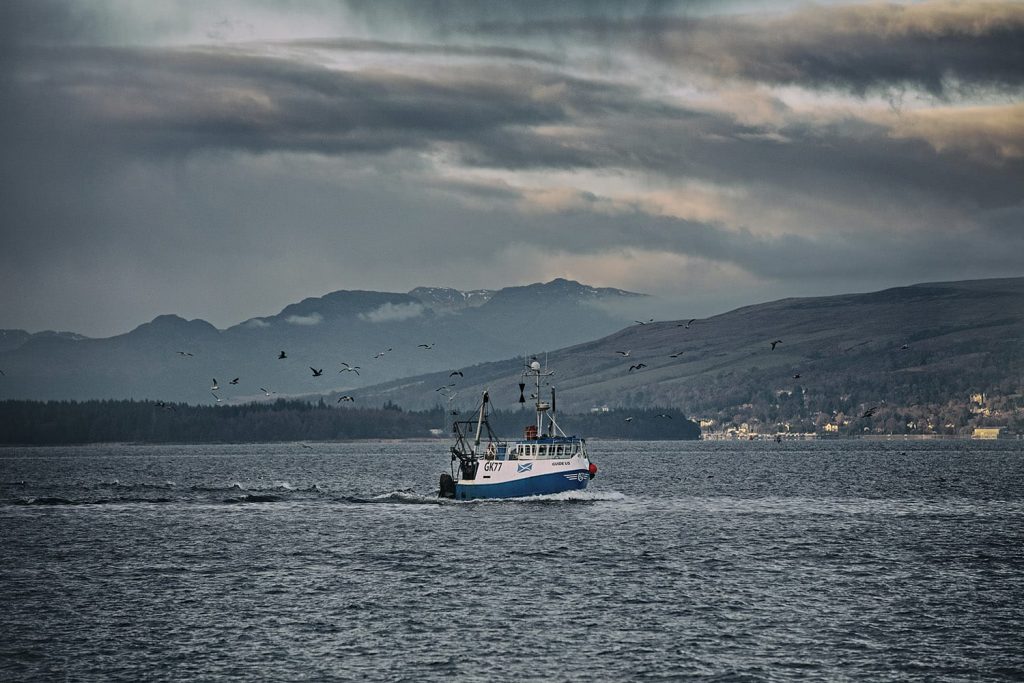
Fisheries
Bottom trawling linked to high greenhouse gas emissions in MPA-supporting study
A study touts marine protected areas and bottom trawling bans, but its methods and conclusions are questioned by fellow researchers and fishers.
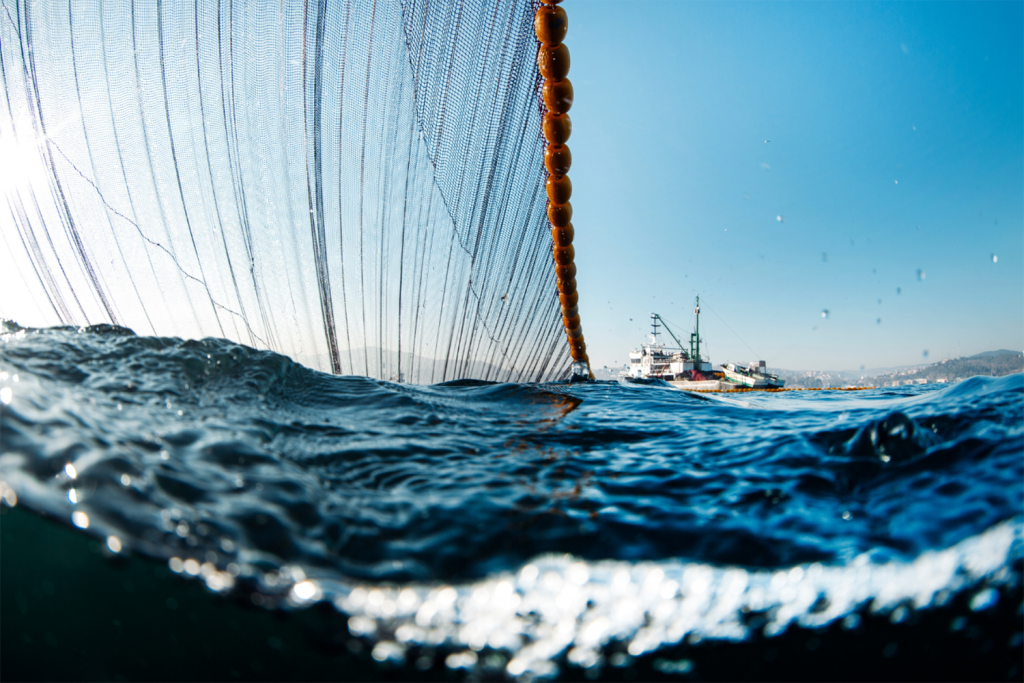
Fisheries
‘They need a good reason to stay’: How one coalition may break a decade of deadlock in the North Atlantic mackerel fishery
GOAL 2022: The North Atlantic Pelagic Advocacy Group, led by Dr. Tom Pickerell, is a finalist for GSA’s inaugural Global Fisheries Innovation Award.
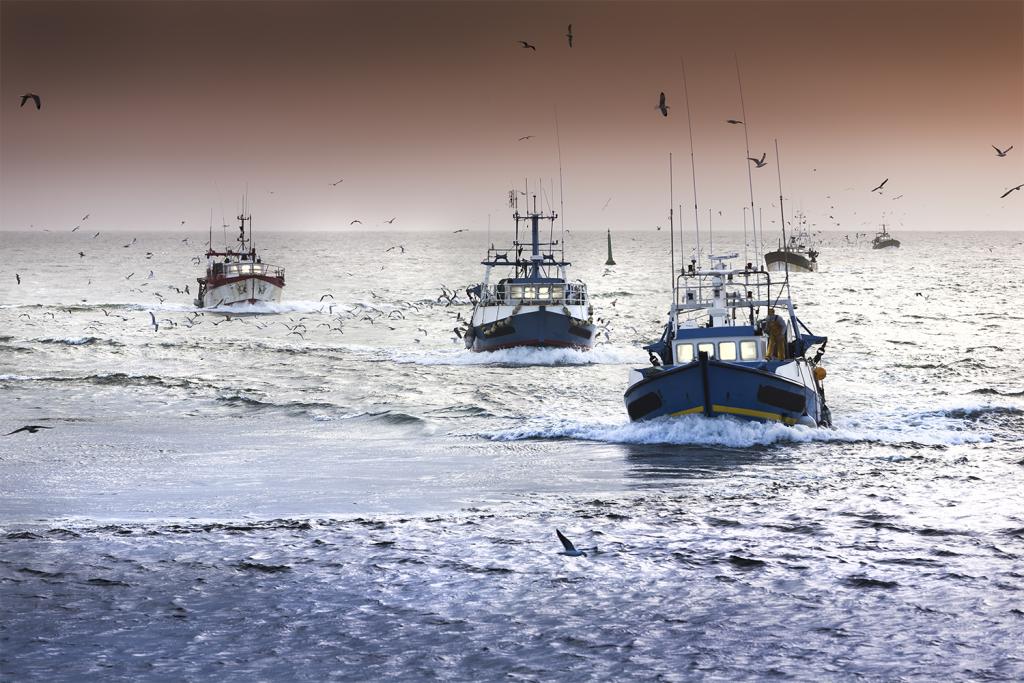
Innovation & Investment
‘We want change’: How a seafood database aims to influence seafood investment decisions
Planet Tracker’s seafood database evaluates seafood companies’ exposure to sustainability risks like overfishing and IUU fishing.
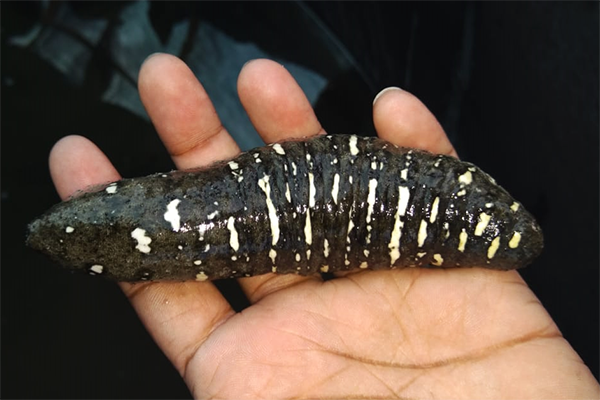
Fisheries
Genomic audit to inform fishery and conservation management of the Fijian sandfish
Reporting key insights into the genetic structure and connectivity of Fijian sandfish but more research is needed for conservation and management.



